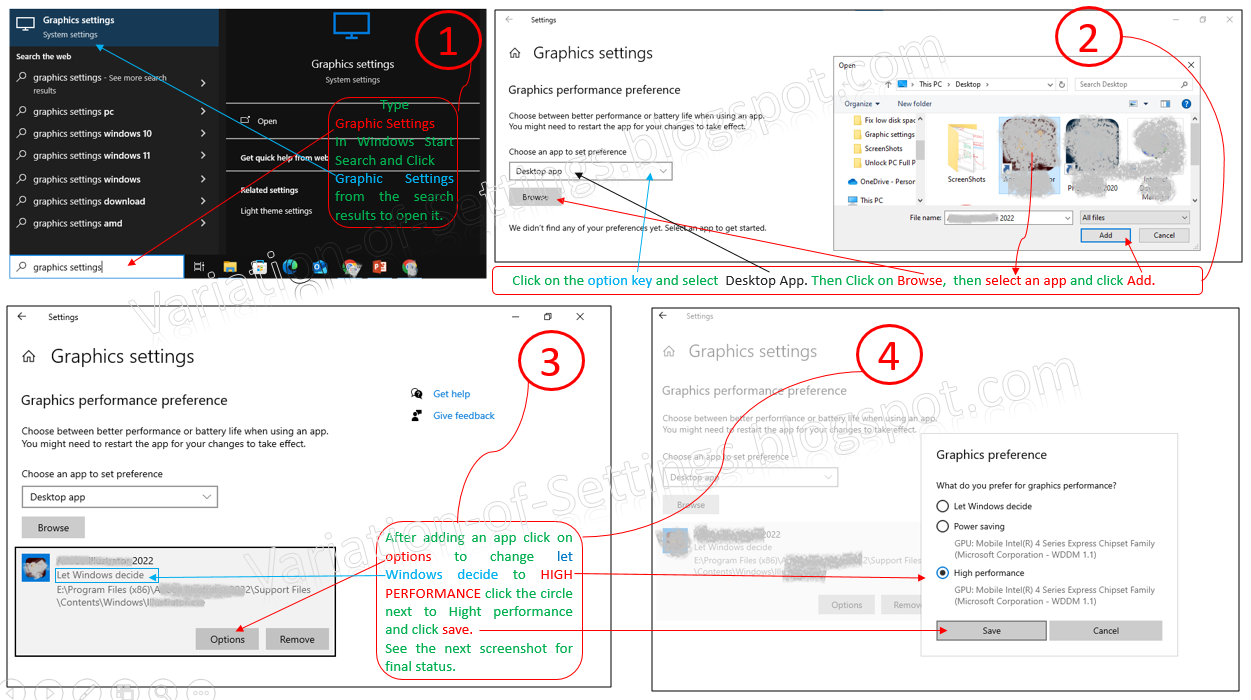Troubleshoot Windows Updates: Pre- and Post-Installation Error Fixe
Keeping your Windows operating system up to date is like maintaining a well-oiled machine—it ensures security, boosts performance and unlocks exciting new features. But, alas! Those cryptic error messages can be downright frustrating. Fear not, intrepid user! In this post, we’ll unravel the mysteries of Windows updates and equip you with savvy techniques to tackle issues before and after installation.
Recommended General Fixes:
1. Evaluate Available Space:
Ensure your device has ample free storage. For a 32-bit OS, allocate at least 16 GB, and for a 64-bit OS, reserve 20 GB. If your storage is running low, consider decluttering by removing unnecessary files or transferring them to an external drive.
2. Windows Update Check:
Run Windows Update multiple times to fetch and install available updates. This encompasses software updates, hardware enhancements, and some third-party drivers. Should you encounter Windows Update errors, utilize the built-in Windows Update Troubleshooter. It can automatically diagnose and resolve common update-related issues.
3. Third-Party Driver Validation:
Visit the manufacturer’s website for any hardware components you’ve added to your device. Seek out updated drivers tailored to your specific hardware. Follow installation instructions meticulously to ensure optimal functionality.
4. Disconnect Unnecessary Hardware:
Unplug external storage devices, drives, docks, or any peripherals not essential for basic functionality. Occasionally, conflicts arise due to incompatible or malfunctioning external devices.
5. Inspect Device Manager:
Access the Device Manager via the Start search. Identify devices marked with a yellow exclamation mark (indicating errors). Right-click on the device name and choose either “Update Driver Software” or “Uninstall” to address the issues.
6. Security Software Adjustment:
If you use third-party security software, it's crucial to ensure that you can reinstall your programs and possess the essential product keys. Meanwhile, Windows Defender will safeguard your device.
7. Hard Drive Integrity Check:
Open Command Prompt from the Start menu. Enter chkdsk /f C: and press Enter. This initiates automatic repairs on your hard drive. You’ll receive a prompt to restart your device afterward.
8. Perform a Clean Restart (Clean Boot):
Sign in as an administrator. Press the Windows key + R, type msconfig, and hit Enter. Access the Services tab, in the System Configuration window. Select “Hide all Microsoft services.”Click “Disable all” to deactivate non-Microsoft services. Switch to the Startup tab and click “Open Task Manager.” For each enabled item in Task Manager’s Startup tab, select it and click “Disable.”Now, it's time to restart your computer, but Before you restart it, please ensure you have closed the Task Manager and the System Configuration window. Once done, click "OK" and proceed to restart your computer.
9. System File Recovery and Repair:
Click the Start button and search for “command prompt” in the taskbar. Choose “Command Prompt” from the search results. In the Command Prompt window, enter: DISM.exe /Online /Cleanup-image /Restore health and hit Enter. After the restart, your computer will operate in a clean boot environment. Remember that this state is primarily for troubleshooting, and some functionality may be temporarily unavailable. Once troubleshooting is complete, reset your PC to start normally.
Another method to recover system files is the SFC command. To repair system files using this command:
1. Open Command Prompt.
2. Type "sfc /scannow" and press Enter.
The command will scan and repair corrupted system files.
For more information and uses of the SFC command, visit: How To Repair System Files in Windows 10/11 Using SFC Command
Feel free to apply these steps. However, Before applying such settings, please make sure to back up any important data and create a system restore point to ensure that you can revert to the previous settings if needed. It's also a good idea to research each step carefully to understand its potential impact on your system.
Attribution: Screenshots Taken from Microsoft Windows.

.png)


Comments
Post a Comment